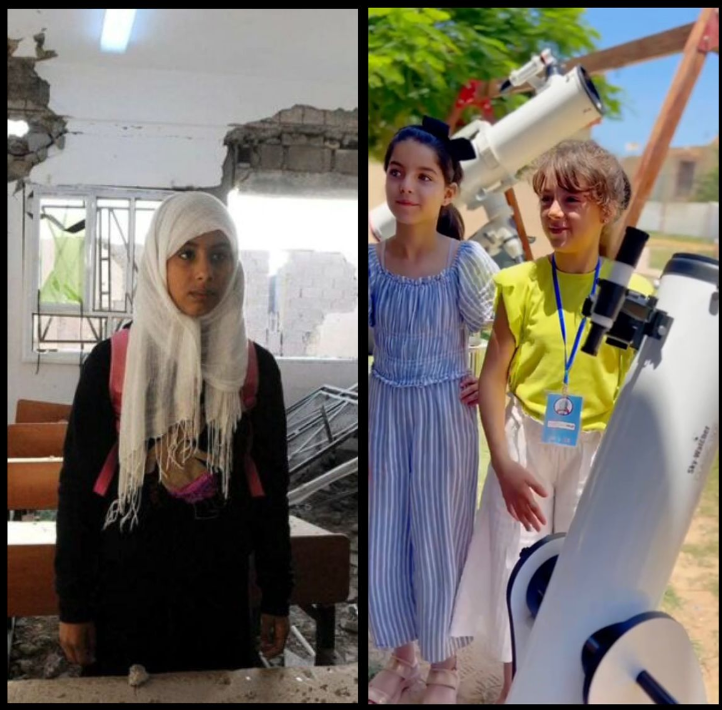
by Astronomy for Equity Founder Mike Simmons
The American Thanksgiving Day is upon us once again, a day when those of us in the US pause to gather with family and recognize the many ways in which our lives have been enriched by others. It’s common to ask people what they’re grateful for and the answers are, not surprisingly, always different. But there is one thing I know of that we can all be grateful for together – the sky.
It’s often said that humans have looked up at the stars in awe and wonder since we first stood on two feet. As a scientist, I see no evidence for Australopithecus Afarensis having looked up and wondered what those lights were three million years ago, but I still don’t doubt that they did. How could they not? Who has ever walked out under a blanket of stars in a truly dark location without being stunned by the beauty and wonder of it all?
The starry night sky is also the only part of our environment that we all have in common. We walk on land but the soil is different from one place to another. Even the atmosphere varies from tropics to desert. But the stars are omnipresent and constant. The stars that appeared above the cradle of civilization in Mesopotamia millennia ago are the same that are seen there now (with minor changes). And they are the same stars I see from my home in California. When we go north or south, we see different stars that were hidden below our horizon, but even going from one pole to the other there are still some constellations along the equator you can see from both places.
But why be grateful for that? Studying the sky – astronomy – shows us our place in the galaxy and the greater Universe. It also shows us our place on our home planet that we all share, Spaceship Earth. The sky we share connects us, and while different cultures have their own local, traditional lore about what the stars mean, astronomy is the same everywhere.
For those not yet convinced, imagine living on a planet where you could never see the stars. Perhaps it’s cloudy all the time. Or there are multiple suns ala Isaac Asimov’s brilliant short story, Nightfall, such that one is always above the horizon. What would life on such a planet be like? I find it hard to even imagine the stars never having entered all our cultures (look around and you’ll see astronomical references everywhere).
I’ve used astronomy to connect people for decades, as I do now in Astronomy for Equity. Astronomy is accessible to everyone, making it a universal way to introduce STEM in developing countries and isolated communities. But the sky also shows us that we’re on one planet, that we really are “All in this together.” We support others in our family and community, but we’re all part of the larger community of humanity. That’s the motivation for supporting others, like the astronomy students in Libya that now have telescopes heading their way thanks to the generous donations of those in the Astronomy for Equity community. We see a reflection of ourselves in the hope and aspirations of the young people we’re helping.
Ultimately, while I’m grateful for the opportunity to walk out under a starry sky and gaze into the infinity of the Universe, I’m even more grateful for that caring community of donors who share with others. I’m especially grateful to be able to make a difference in this world. And I can’t think of a more fulfilling way to do that than through our common bond, the night sky.
—



